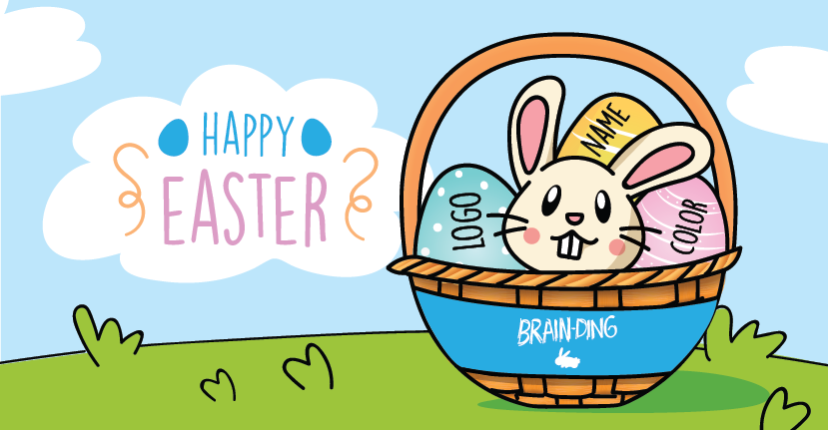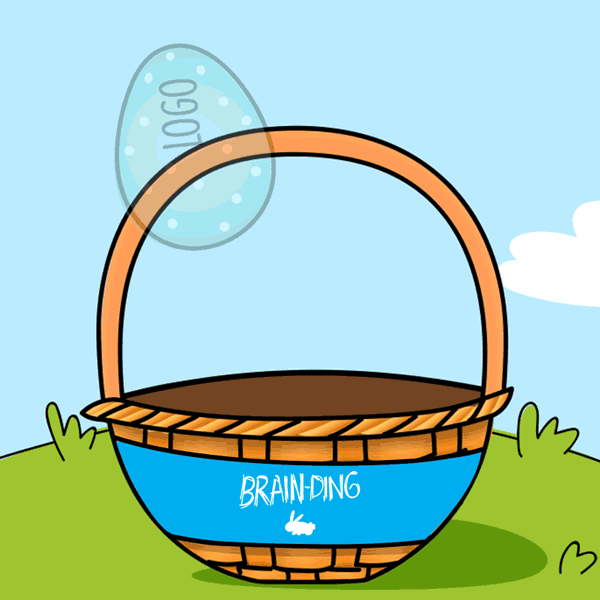Do you know what does a rabbit with colored eggs and candies have to do with Easter? Probably you don’t.
Easter’s branding is different and it doesn’t attract like other holidays, but what about the bunny? Why did it became an integral part of spring’s biggest celebration?
As branders, we may think that this character was invented to commercialize the holiday and sell more candies, but the traditional Easter Bunny becomes from early traditions.
The appearance of a rabbit is documented in 16th-century German writings—where kids eagerly awaited the arrival of the Oschter Haws. It was said that if children built a nest out of their caps or bonnets in secluded areas of their homes, they would be rewarded with colored eggs.
The tradition was brought to America in the 1700s by German settlers who arrived in the Pennsylvania Dutch country, where the Easter Bunny (or Easter Hare) became firmly established as a popular symbol of Easter.
Let’s talk about the chocolate bunnies:
The first edible bunnies were made of pastry and sugar in Germany during the early 1800s. By the 19th century, German chocolate makers began creating rabbit-shaped treats for Easter celebrations.
In more recent Western traditions the chocolate bunny is the ubiquitous symbol of Easter-and definitely the holiday’s most popular Easter treat.
Branding facts about Easter:
- Over 90 million chocolate Easter bunnies are produced each year, 76% of Americans eat the ears first.
- Today’s Easter means big business and sweet profits. Americans spend nearly $1.9 billion on Easter candy—just below first place Halloween at $2 billion.
How about a chocolaty Brand?
Whether your brand is well established or not, it can always use a little sweetening. Successful brands are built on solid strategies and a firm foundation of effective communications. You may use the Easter Bunny holiday, to connect, touch lives, and even increase your sales.



You must be logged in to post a comment.